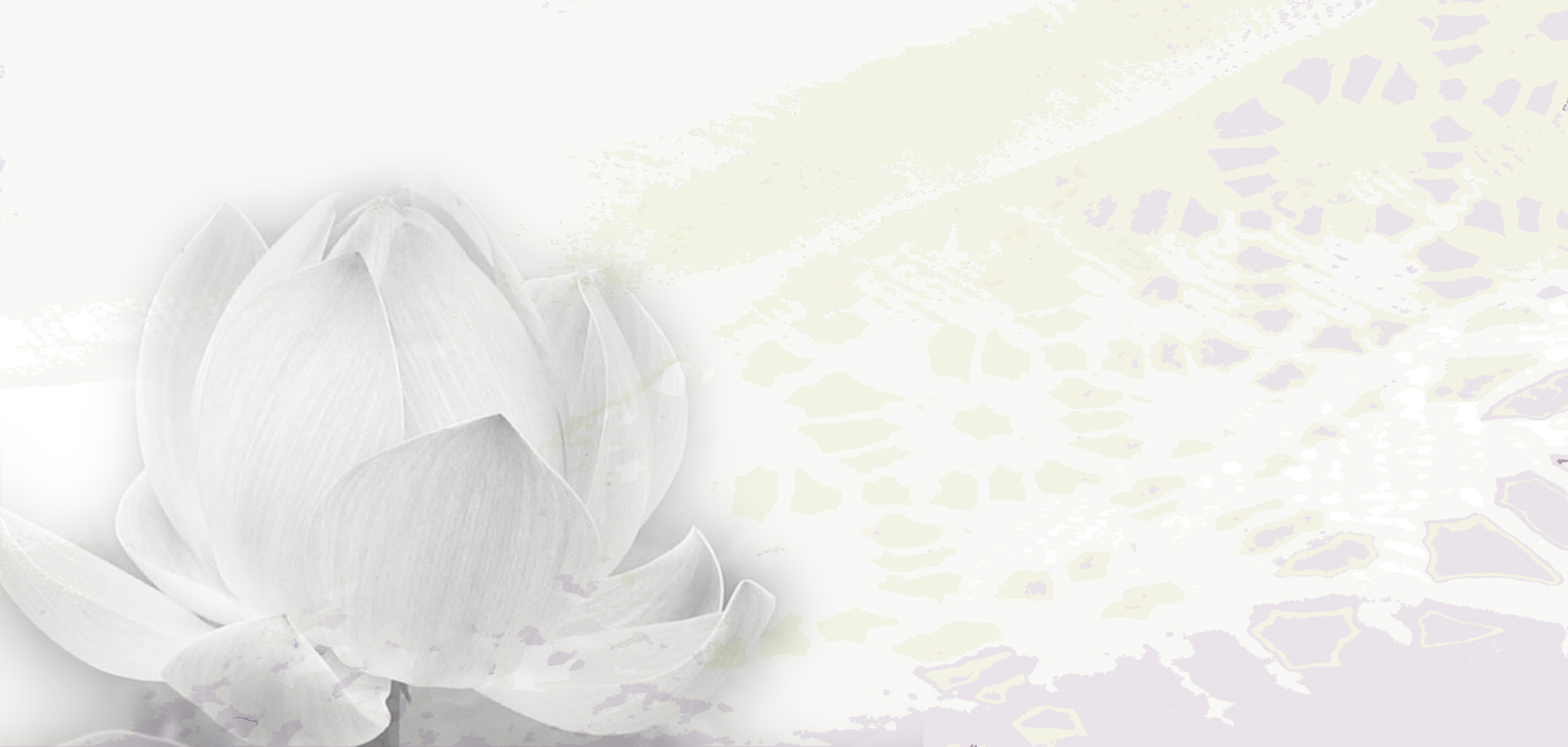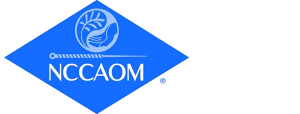Photo Credit: Aryil Bechtel
Scalp Acupuncture and Traditional Acupuncture for Neurological Conditions
Dr. Bethany Bechtel, AP, PhD, utilizes traditional acupuncture as well as the relatively new technique of scalp acupuncture to address a range of neurological conditions. The scalp acupuncture treatments target areas that connect through microscopic channels to specific neurological areas of the brain.
Utilizing traditional acupuncture alongside the new technique of scalp acupuncture is proving to be a powerful combination for treating conditions as localized as carpal tunnel or reversing the effects of something as life altering as a stroke. We are able to use the full range of traditional diagnostic methods in order to treat any underlying imbalance you may be experiencing, while pinpointing specific areas on the scalp that treat neurological function.
Neurological conditions involve the body’s complex nervous system and can manifest as pain, inflammation, impaired function in affected areas, loss of taste, overly sensitive or numb skin, etc. Nerve pain can exhibit both as periodic sharp shooting sensations, or as a more constant burning, tingling or numbness. Traditional acupuncture is recognized as an effective method for addressing chronic pain and is used in situations where patients have not found relief through other medical interventions. Newer forms of treatment, such as scalp acupuncture, can be used in conjunction with traditional acupuncture to address pain and other neurological conditions.
Call for an appointment:
Bethany Bechtel, AP, PhD 352-222-3816
Neurological conditions that can be addressed with acupuncture include:
- Headaches – including migraines, tension headaches, headaches occurring around the menstrual cycle, sinus headaches and stress-related headaches
- Carpal Tunnel Syndrome – Swelling or irritation of the nerves or tendons in the carpal tunnel results in pressure on the median nerve in the wrist
- Stroke Recovery – A stroke occurs when oxygen-rich blood to the brain is blocked, or bleeding damages brain cells. Acupuncture can help the brain rebuild neural pathways to bring back brain functions damaged during a stroke.
- Amyotrophic Lateral Sclerosis (ALS) – An irreversible neurological disease that destroys the nerve cells that invigorate muscle tissue
- Parkinson’s Disease — Parkinson’s disease is a brain disorder that causes unintended or uncontrollable movements, such as shaking, stiffness, and difficulty with balance and coordination. Symptoms usually begin gradually and worsen over time. As the disease progresses, people may have difficulty walking and talking.
Acupuncture can be effective in treating a wide array of neurological conditions, alone and in conjunction with other medical treatments, physical therapy, occupational therapy, and therapeutic yoga.
Scalp Acupuncture Q & A
I am pleased to have introduced treatment for neurological conditions utilizing Dr. Jiao Shun-fa’s Scalp acupuncture system.
Q: What conditions does Jiao’s scalp acupuncture treat?
A: Jiao’s scalp acupuncture is particularly helpful for neurological conditions stemming from strokes, encephalitis, meningitis, multiple sclerosis, or traumatic brain injuries; as well as treating nerve pain, facial pain, migraines, and Parkinson’s disease. It can also be used to address other issues as well including psychiatric ones.
Q: How does Jiao’s scalp acupuncture differ from classical acupuncture?
A: In classical acupuncture needles are applied to the body and scalp at specific points along acupuncture meridian lines defined in Chinese texts dating back several thousand years. Jiao’s acupuncture involves the insertion of needles over surface areas of the scalp according to the modern neuroanatomy of the underlying cerebral tissue.
Q: How does the practitioner decide which points to needle in classical acupuncture vs. Jiao’s scalp acupuncture?
A: Classical acupuncture points are chosen, as described in the traditional medical texts, based on the patients symptoms tongue and pulse. Jiao’s acupuncture areas are selected based on the modern neuroanatomy underlying the patients presenting symptoms. For example, for right arm weakness following a left sided stroke, the practitioner would thread needles along the left side of the scalp over the lower portion of the motor cortex near the area of the brain that controls motor function of the right hand.
Q: Can Jiao’s acupuncture be used along with classical acupuncture?
A: Yes! This combination is used often. However scalp acupuncture can also be used exclusively. Often patients will be asked to leave the scalp points in longer than the classical points so that they can perform physical therapy exercises with the scalp needles in place.
Q: Do all licensed acupuncturists use Jiao’s acupuncture ?
A: No, most licensed acupuncturists do not receive extensive training in Jiao’s special scalp technique. However, all licensed acupuncturists are trained in using the classical points.
Q: Can modern science explain the effectiveness of Jiao’s acupuncture?
A: Research is being planned to better elucidate a scientific mechanism to explain Jiao’s acupuncture. It is possible that the effects of scalp acupuncture may be mediated through recently discovered vascular channels that connect the skull bone marrow with the surface of the brain. Such localized communication would explain why needling over the scalp near a damaged area of the brain may have an effect on that brain area.
This new documentary by the Acupuncture Now Foundation provides firsthand stories of acupuncture treatment for the neurological complications of pediatric brain tumors and stroke.
https://medicalxpress.com/news/2018-08-unearth-secret-tunnels-skull-brain.html
Nat Neurosci. Author manuscript; available in PMC 2019 Feb 27.
Published in final edited form as:
Nat Neurosci. 2018 Sep; 21(9): 1209–1217.
Published online 2018 Aug 27. doi: 10.1038/s41593-018-0213-2
PMCID: PMC6148759
NIHMSID: NIHMS1500752
PMID: 30150661
Direct vascular channels connect skull bone marrow and the brain surface enabling myeloid cell migration
Fanny Herisson,1 Vanessa Frodermann,1 Gabriel Courties,1 David Rohde,1 Yuan Sun,1 Katrien Vandoorne,1 Gregory R. Wojtkiewicz,1 Gustavo Santos Masson,1 Claudio Vinegoni,1 Jiwon Kim,2 Dong-Eog Kim,2 Ralph Weissleder,1,3 Filip K. Swirski,1 Michael A. Moskowitz,4 and Matthias Nahrendorf1,5
Author information Copyright and License information Disclaimer
According to the World Health Organization (WHO):
Neurological disorders are diseases of the central and peripheral nervous system. In other words, the brain, spinal cord, cranial nerves, peripheral nerves, nerve roots, autonomic nervous system, neuromuscular junction, and muscles. These disorders include epilepsy, Alzheimer disease and other dementias, cerebrovascular diseases including stroke, migraine and other headache disorders, multiple sclerosis, Parkinson’s disease, neuroinfections, brain tumours, traumatic disorders of the nervous system due to head trauma, and neurological disorders as a result of malnutrition.
Hundreds of millions of people worldwide are affected by neurological disorders. More than 6 million people die because of stroke each year; over 80% of these deaths take place in low- and middle-income countries. More than 50 million people have epilepsy worldwide. It is estimated that there are globally 47.5 million people with dementia with 7.7 million new cases every year – Alzheimer’s disease is the most common cause of dementia and may contribute to 60–70% of cases. The prevalence of migraine is more than 10% worldwide.



